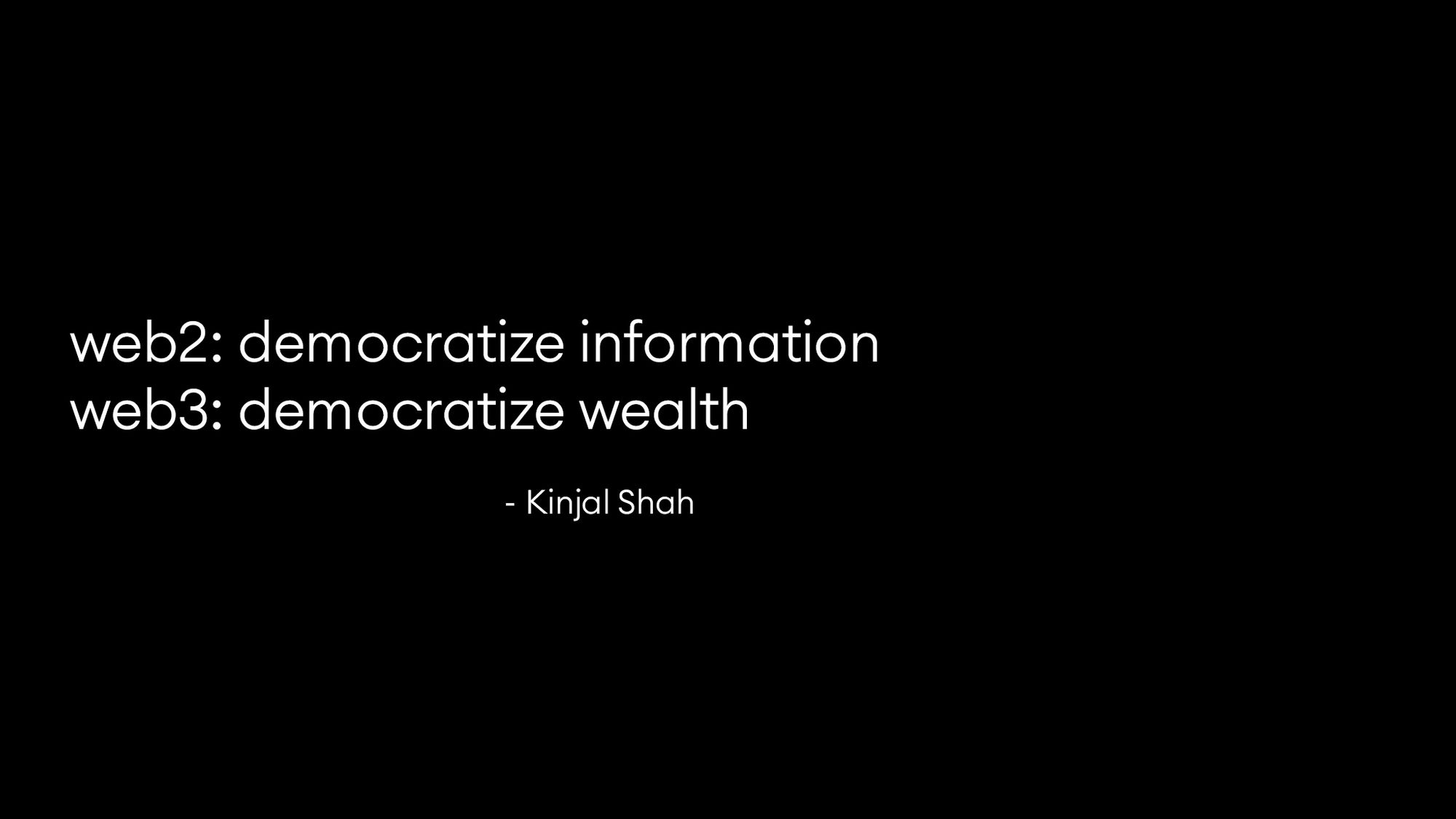Aug. 30, 2021 — Optical technology is used for transmitting, storing, displaying and identifying data. It provides the processing speed that data centers need by offering efficient means for communication and analysis operations. The technology comes at a time when the massive scale of today’s datasets is straining the capacity of digital and electronic computers to compile them and extract key information. The research community has a strong interest in optical-based information processing for performing the high-speed calculations necessary in machine learning tasks.
“Light transmits information without any physical interference from cables. That’s the core advantage of optical technology when it comes to transferring data,” says Demetri Psaltis, head of EPFL’s Optics Laboratory within the School of Engineering. “To take artificial intelligence as an example, many AI programs require accelerators to carry out rapid calculations using minimal power. For now, while optical technology could theoretically meet that need, it has not yet reached the applied stage – despite a half-century of research. That’s because optical computing and decision-making do not yet save either time or energy.”
Continue reading… “Researchers Pioneer Optical Technology That Can Slash the Energy Required by AI”












